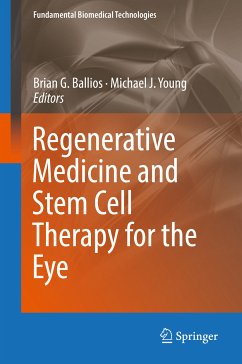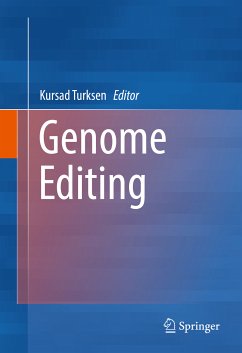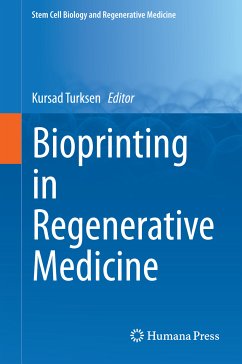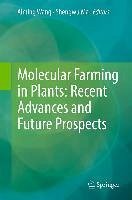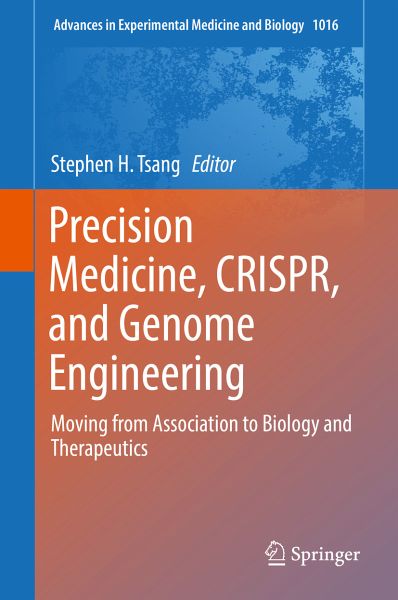
Precision Medicine, CRISPR, and Genome Engineering (eBook, PDF)
Moving from Association to Biology and Therapeutics
Redaktion: Tsang, Stephen H.
Versandkostenfrei!
Sofort per Download lieferbar
160,95 €
inkl. MwSt.
Weitere Ausgaben:

PAYBACK Punkte
80 °P sammeln!
Timely State-of-the-science on CRISPR and gene editing, an exciting and controversial frontier in regenerative medicine
Contributed by top experts in this rapidly-evolving field
One of the first books to connect genetically modified foods to this area
Dieser Download kann aus rechtlichen Gründen nur mit Rechnungsadresse in A, B, BG, CY, CZ, D, DK, EW, E, FIN, F, GR, HR, H, IRL, I, LT, L, LR, M, NL, PL, P, R, S, SLO, SK ausgeliefert werden.



